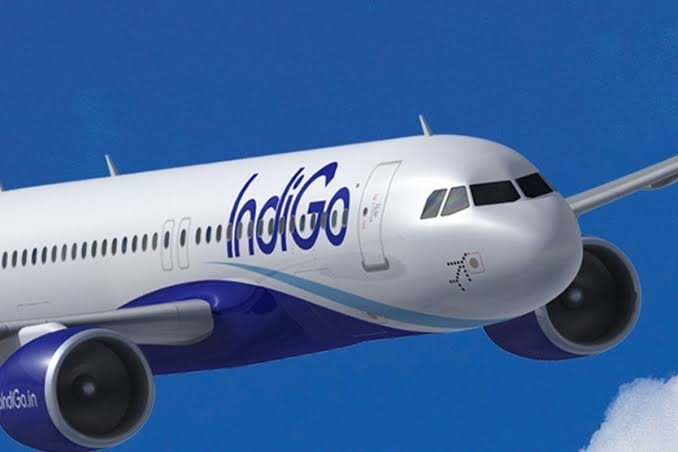New Delhi: Telecom industry body COAI has written to the civil aviation ministry seeking a strict deadline for phasing out old altimeters used by Indian airlines as that will help in rolling out 5G service in areas around airports.
Aviation regulator DGCA has imposed restrictions on the rollout of 5G services in mid-frequency range of 3.3 GHz band due to apprehensions that the wireless signals may interfere with those of the radio altimeters used by aircraft.

Altimeters determine altitude of aircraft and any interference could lead to wrong readings that could also jeopardise the movement of a plane. Against this backdrop, the Cellular Operators’ Association of India (COAI), whose members include BhartiAirtel and Reliance Jio, has written to Civil Aviation Secretary Vumlunmang Vualnam seeking his intervention with respect to the curbs imposed by the Directorate General of Civil Aviation (DGCA).
The industry body has said the DGCA should mandate all airlines to phase out non-conforming radio altimeters within 18 months.

A non-conforming radio altimeter refers to the one that is not compliant with the latest spectrum interference technology.
When contacted, COAI Director General S P Kochhar said the body has made a request to the civil aviation ministry.
“We have submitted that aircraft carriers in India must be mandated to complete the replacement of non-conforming radio altimeters in a progressive manner within a strict deadline, with a transparent monitoring mechanism in place to map the progress,” Kochhar said.

According to him, in India, C band spectrum has been auctioned in the 3300-3670 GHz band for 5G operations while altimeters operate in the 4200-4400 MHz band, which is significantly far away. Therefore, the concerns regarding interference are not substantiated, he noted.
Further, he said the COAI has requested that after completion of the deadline for replacing non-conforming altimeters, all buffer-related restrictions across impacted areas must also be removed.
“These directives have impact on the deployment and availability of 5G services at airports, airstrips, helipads etc. as well as adjoining areas (which fall under the prescribed buffer zone of 2,100 metres) across the country,” Kochhar said.
PTI
